Do you have a question about the Gigabyte B450M AORUS ELITE and is the answer not in the manual?
Guidelines and safety measures for motherboard installation to prevent damage.
Detailed specifications of the motherboard components and features.
Step-by-step instructions for safely installing the CPU onto the motherboard socket.
Instructions for installing RAM modules, including dual channel configuration.
Procedures for installing expansion cards into PCI Express slots.
Description and function of various ports located on the motherboard's back panel.
Identification and function of internal connectors on the motherboard for system components.
Overview of the initial logo screen displayed during system boot.
Description of the BIOS main interface, navigation, and function keys.
Advanced system tuning options including frequency, voltage, and memory settings.
Displays system information and allows configuration of language and date/time settings.
Settings related to boot order, security options, and startup behavior.
Configuration options for onboard devices like CPU FTPM, audio, and USB controllers.
Settings related to the motherboard chipset, integrated graphics, and SATA controllers.
Power management settings, including AC BACK, wake-up options, and ErP.
Options for saving BIOS changes, loading defaults, and exiting the setup utility.
Detailed steps for setting up RAID arrays using SATA or NVMe drives.
Instructions for installing system drivers and GIGABYTE applications via APP Center.
Guidelines and safety measures for motherboard installation to prevent damage.
Detailed specifications of the motherboard components and features.
Step-by-step instructions for safely installing the CPU onto the motherboard socket.
Instructions for installing RAM modules, including dual channel configuration.
Procedures for installing expansion cards into PCI Express slots.
Description and function of various ports located on the motherboard's back panel.
Identification and function of internal connectors on the motherboard for system components.
Overview of the initial logo screen displayed during system boot.
Description of the BIOS main interface, navigation, and function keys.
Advanced system tuning options including frequency, voltage, and memory settings.
Displays system information and allows configuration of language and date/time settings.
Settings related to boot order, security options, and startup behavior.
Configuration options for onboard devices like CPU FTPM, audio, and USB controllers.
Settings related to the motherboard chipset, integrated graphics, and SATA controllers.
Power management settings, including AC BACK, wake-up options, and ErP.
Options for saving BIOS changes, loading defaults, and exiting the setup utility.
Detailed steps for setting up RAID arrays using SATA or NVMe drives.
Instructions for installing system drivers and GIGABYTE applications via APP Center.
| Processor socket | Socket AM4 |
|---|---|
| Processor manufacturer | AMD |
| Compatible processor series | AMD Ryzen 3, AMD Ryzen 3 2nd Gen, AMD Ryzen 3 3rd Gen, AMD Ryzen 5, AMD Ryzen 5 2nd Gen, AMD Ryzen 5 3rd Gen, AMD Ryzen 5 5th Gen, AMD Ryzen 7, AMD Ryzen 7 2nd Gen, AMD Ryzen 7 3rd Gen, AMD Ryzen 7 5th Gen, AMD Ryzen 9 3rd Gen, AMD Ryzen 9 5th Gen |
| Component for | PC |
| Motherboard chipset | AMD B450 |
| Audio output channels | 7.1 channels |
| Motherboard form factor | micro ATX |
| Windows operating systems supported | Windows 10 x64, Windows 7 x64 |
| Non-ECC | Yes |
| Memory channels | Dual-channel |
| Memory slots type | DIMM |
| Number of memory slots | 4 |
| Supported memory types | DDR4-SDRAM |
| Maximum internal memory | 128 GB |
| Supported memory clock speeds | 2133, 2400, 2667, 2933, 3200, 3466, 3600 MHz |
| Wi-Fi | No |
| Ethernet interface type | Gigabit Ethernet |
| PCI Express x1 slots | 1 |
| PCI Express x16 slots | 2 |
| Parallel processing technology support | 2-Way CrossFireX, Quad-GPU CrossFireX |
| RAID levels | 0, 1, 10 |
| Supported storage drive types | HDD & SSD |
| Supported storage drive interfaces | M.2, SATA III |
| Number of SATA III connectors | 6 |
| USB 3.2 Gen 2 (3.1 Gen 2) connectors | 0 |
| BIOS type | UEFI AMI |
| ACPI version | 5.0 |
| BIOS memory size | 128 Mbit |
| System Management BIOS (SMBIOS) version | 2.7 |
| USB 2.0 ports quantity | USB 2.0 ports have a data transmission speed of 480 Mbps, and are backwards compatible with USB 1.1 ports. You can connect all kinds of peripheral devices to them. |
| Width | 244 mm |
|---|
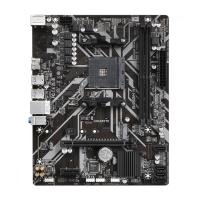

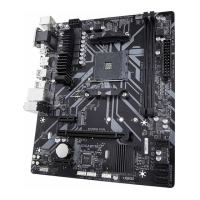
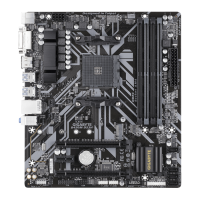
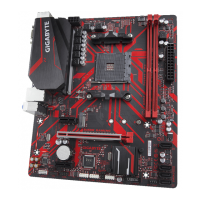
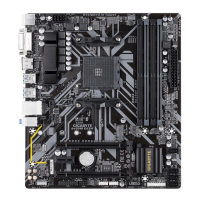
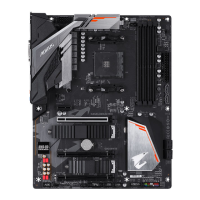
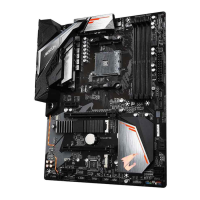
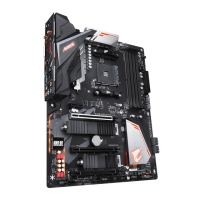
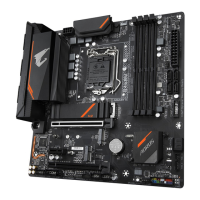
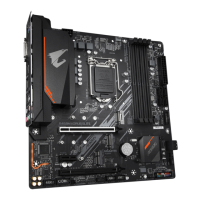
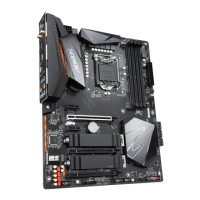
